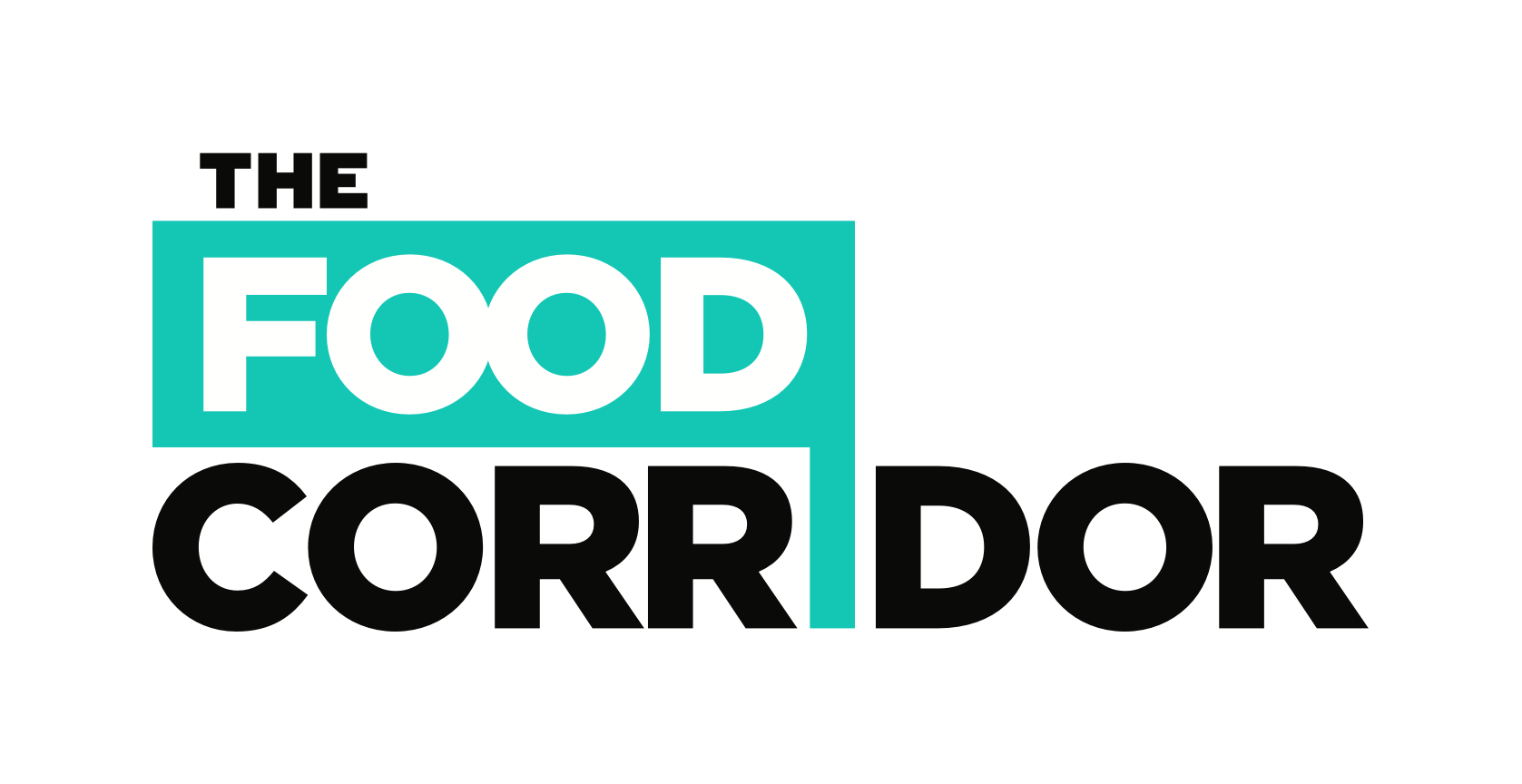Have you met NICK? The Network for Incubator & Commissary Kitchens is a group of of 900+ shared-use kitchen professionals who exchange best practices, frustrations, problems solved and often, words of encouragement. We asked the NICK for their 2018 kitchen goals. Here are some of the emerging trends we’ll see in more kitchens this year, across North America:
Kitchen Client Gift Boxes
Food entrepreneurs often seek additional sales channels for their delicious goods. We have seen more kitchens begin to bundle their clients’ wares and sell them via gift boxes. A perfect holiday revenue generator! Check out The Local Kitchen YXE in Saskatoon, Saskatchewan and Kitchen 66 in Tulsa, Oklahoma for some beautiful examples.
Kitchen Products
Some kitchens will launch their own brand this year. Often this model works to support a nonprofit kitchen, with revenue from product sales subsidizing programming and space for entrepreneurs-in-need. Not only can kitchen-labelled products increase brand awareness, their creation can also serve as a culinary training program. Hot Bread Kitchen in New York is a great example of this model! Of course, this is not an easy type of program to launch so we suggest you do your homework well before pursuing funding.
Food Safety Programming
In our 2017 Shared-Use Kitchens Policy Landscape Report, we found that “kitchen administrators and health department staff are oftentimes working closely together to ensure kitchen members and clients are compliant with local laws and ensuring safe production of food.” This valuable relationship lends itself to offering programming to both increase food safety and build food entrepreneur skill sets.
“I’m teaching ServSafe Manager and Food Handler classes to help brand my business and get more people coming through the doors.”
Increased Cold Storage
Cold storage is a hot commodity! In fact, all kinds of storage are valuable to kitchen clients and it is often a premium feature. Cold, freezer, dry, and equipment storage are regulated by your local health department so before expanding your capacity, make sure you know the regulations. Storage rates vary widely across kitchens and it’s important to consider things such as: if they’ll be exclusive, locked spaces or shared, if storage is à la carte or included in base rental rates, and of course, how to ensure you’re up to health code at all times.
“I just bought a walk-in freezer so I can attract more tenants and
offer more (value) to existing ones. “
Massive cold storage at The Good Acre near Minneapolis, Minnesota
Facility and Site Expansion
“We are slated to sign a lease on a 2nd facility that
is being vacated by a former client.”
While shared-use kitchens are cropping up across the continent, there are still many under-served communities. Food entrepreneurs must drive long distances to create their products in a commercially licensed space. The opportunity is ripe for kitchens to expand their brand and space to serve peripheral communities.
“We are adding clients that are driving a distance, so hoping to add a space in another part of town.”
Differentiated Clientele
As kitchens optimize their operations, they are finding capacity to increase their equipment and space rentals. Kitchens that launched serving a single type of food entrepreneur may now adapt to market trends and host virtual restaurants, pop-up events, food trucks, caterers, chocolatiers, as well as gluten-free, dairy-free, nut-free, pet-specific and other specialty food entrepreneurs.
Food Hub
Some kitchens are going big in 2018. We see some engaging in food hub activity and transitioning into centers of food access. Increased activity may include:
- Farmers market partnerships
- SNAP (food stamp) and WIC program assistance
- Grocery delivery
- Offering culinary stipend programs (via economic development funds) for food producers
- Launching a CSA program (community supported agriculture)
- Farm-to-school program implementation
Carry On
Kitchens realize their reason for existence is to help other food entrepreneurs succeed! Many kitchens expressed their need to simply continue to serve their clients. Like a steady proof on your favorite bread, these kitchens will continue to thrive by sticking to what they know and honing operations.
Team
“No turnover. I want happy people and great team work”
Finally, we recognize kitchen managers and owners as the magic makers behind much of a local food scene. It takes a lot of grit and dedication to put all the pieces together so the lights come on and the ovens bake and the flat tops sizzle. NICK Kitchens expressed a desire to keep their organizations going strong this year. Kitchens can build a strong team culture through clear communication, defined expectations, and of course, we have an app for everything else to make work flow.
Thank you to the Network for Incubator & Commissary Kitchens!
Have a shared-use kitchen trend we missed? Let us know!


